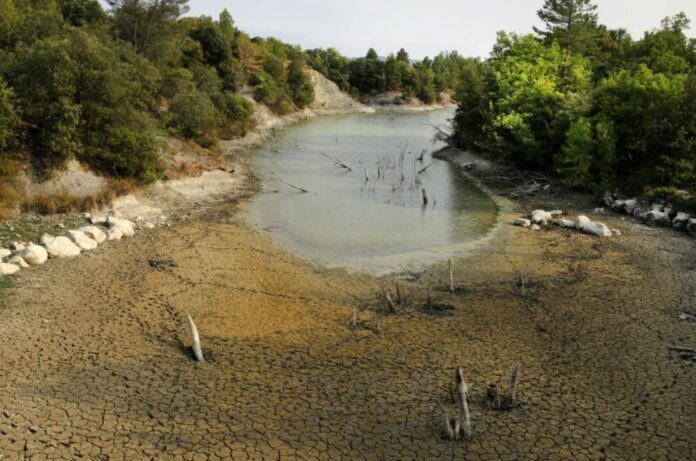A new report from the World Meteorological Organization (WMO) says that over the past 30 years, temperatures in Europe have risen at a rate that is more than twice the global average. This means that Europe is the fastest-warming continent in the world.
Europe has experienced the fastest rate of warming of any region during the past 30 years, with temperatures rising by more than twice the global average. A new report from the World Meteorological Organization (WMO) says that as the warming trend continues, extreme heat, wildfires, floods, and other climate change effects will hurt people, economies, and ecosystems.
Together with the Copernicus Climate Change Service of the European Union, the State of the Climate in Europe study focused on 2021. It offers details on rising temperatures, heatwaves on land and at sea, severe weather, shifting precipitation patterns, and retreating ice and snow.
Over the years 1991 to 2021, temperatures in Europe rose dramatically, on average by +0.5 °C per decade. Between 1997 and 2021, Alpine glaciers lost 30 meters in ice thickness. Greenland’s ice sheet is melting, which is driving the sea level increase. Greenland experienced a melting event and the first rainfall ever recorded at its highest point, Summit station, in the summer of 2021.
High-impact weather and climate events in 2021 caused more than half a million people to experience direct effects, hundreds of fatalities, and economic losses of over US$ 50 billion. Storms or floods accounted for about 84% of the incidents.
It’s not all bad news.
Several European nations have had great success in reducing greenhouse gas emissions. For example, greenhouse gas emissions in the European Union (EU) fell 31% between 1990 and 2020, with a net 55% reduction goal by 2030.
In terms of international collaboration for climate change adaptation, particularly across transnational river basins, Europe is one of the most developed regions. With nearly 75% of people protected, it is one of the world leaders in delivering efficient early warning systems. Numerous lives have been saved by heat-health action plans.
But the obstacles are significant.
“Europe presents a live picture of a warming world and reminds us that even well prepared societies are not safe from impacts of extreme weather events,” says WMO Secretary-General Prof. Petteri Taalas, adding “this year, like 2021, large parts of Europe have been affected by extensive heatwaves and drought, fuelling wildfires. In 2021, exceptional floods caused death and devastation.
“On the mitigation side,” according to Prof. Taalas, “the good pace in reducing greenhouse gases emissions in the region should continue and ambition should be further increased. Europe can play a key role towards achieving a carbon neutral society by the middle of the century to meet the Paris Agreement.”
“European society,” according to Dr. Carlo Buontempo, Director of the Copernicus Climate Change Service at the European Centre for Medium-range Weather Forecasts, “is vulnerable to climate variability and change, but Europe is also at the forefront of the international effort to mitigate climate change and to develop creative solutions to adapt to the new climate Europeans will have to live with” (ECMWF).
“As the risks and impact of climate change become increasingly apparent in day-to-day life, the need and the appetite grow for climate intelligence, and rightly so. With this report we aim to bridge the gap between the data and the analysis to provide science-based but accessible information that is ‘decision-ready’, across sectors, across professions,” he said.
The C3S European State of the Climate report from April and data from the WMO RA VI Regional Climate Centre Network serve as the foundation for the State of the Climate in Europe report. It is one of a number of regional reports that WMO has created to give decision-makers access to localized scientific knowledge. It was delivered at a regional meeting of the heads of the hydrological and meteorological services in Europe.
Image Credit: Patrick Aventurier/Getty Images
